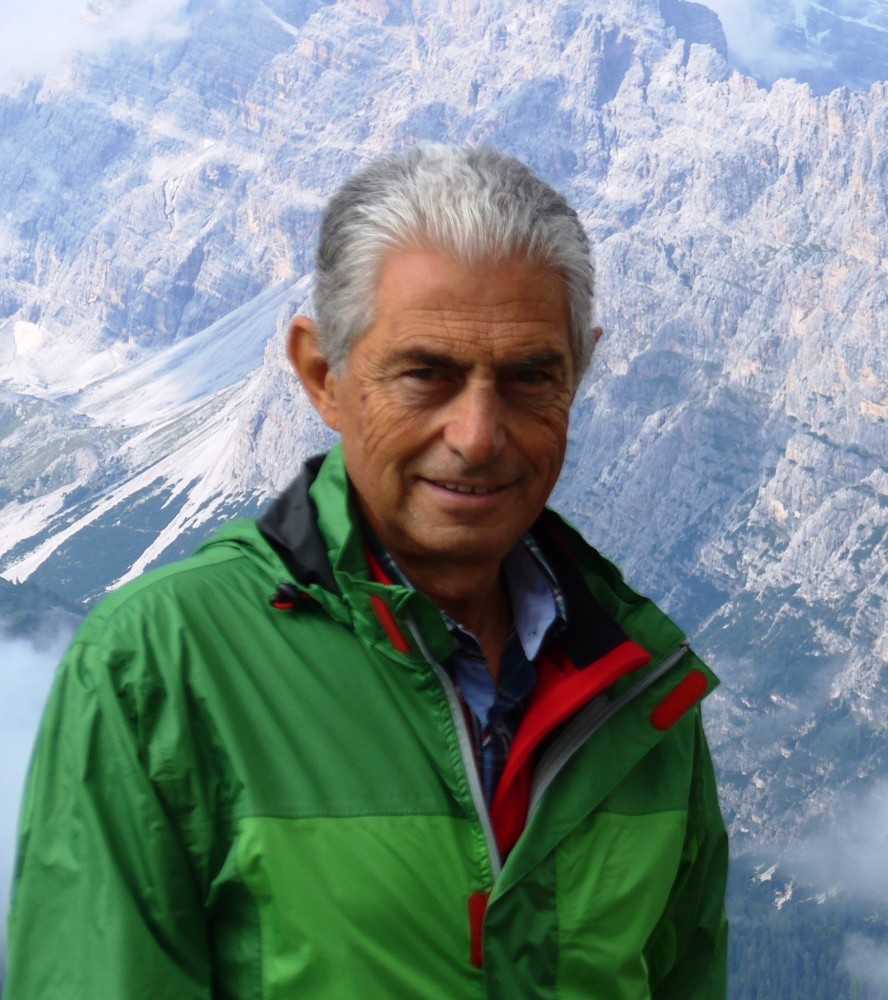Abstract
A historical research was made on papers published by Italian scientists on cardiorenal diseases. The investigated period is between the beginning of the 20th century and the entry of Italy into the Second World War, 1940. 34 papers dealing with the relationship between the kidney and the cardiovascular system were retrieved. All but two articles were published in Italian medical periodicals. The topics covered are varied and range from cardiotoxicity of substances in uremia to the role of renal disease in vascular damage. Some articles are forerunners of later pathophysiological concepts and research technologies. These concern early atherosclerotic vascular damage and the presence of dialyzable cardiotoxic substances in renal insufficiency. Unfortunately, these highly innovative researches have had little diffusion and have fallen into oblivion in Italy and abroad. In conclusion, our research shows that in the first half of the 20th century in Italy there was a lively interest in cardio-renal diseases and that some researchers had produced precursor results of what was confirmed many years later.
Keywords: cardionephrology, cardiorenal studies, Italian scholars, history of nephrology









